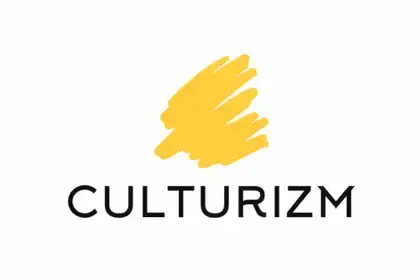Contemporary society is rapidly transforming, and understanding these changes is crucial for navigating the complexities of modern life. In this article, we delve into the heart of our era, examining the technological advances, societal shifts, and cultural evolutions that define our times. Discover how to adapt to and thrive amidst the continuous flux that characterizes our world, as we explore the multifaceted development shaping our present and future.
What is a Contemporary Society?
Definition:
In layman’s terms, contemporary society is a term that embodies all aspects of our current life—from the devices we use to communicate, to the political and economic climates influencing our daily experiences, and the societal norms that guide our interactions.
Historical Context and Modern Society
As we look around us, it’s evident that the contemporary society I’m a part of today didn’t just appear out of nowhere. Our surroundings are the result of profound historical shifts, primarily from agricultural beginnings to a technologically driven industrial society. This transition has reshaped population dynamics, societal structures, and our overall way of life.
Evolution from Agricultural to Industrial Societies
I’ve learned that for much of our history, agriculture was the dominant form of sustenance and organization. Rural settings, with farming as the core activity, allowed populations to settle and grow. However, it wasn’t until the massive shift known as the Industrial Revolution that the cornerstone of our contemporary society was laid. Technological advances began here, transforming economies and lifestyles. Entire populations moved from the countryside to burgeoning cities in search of work, marking a pivotal shift from agricultural to industrial society.
Impact of Industrialization on Modernity
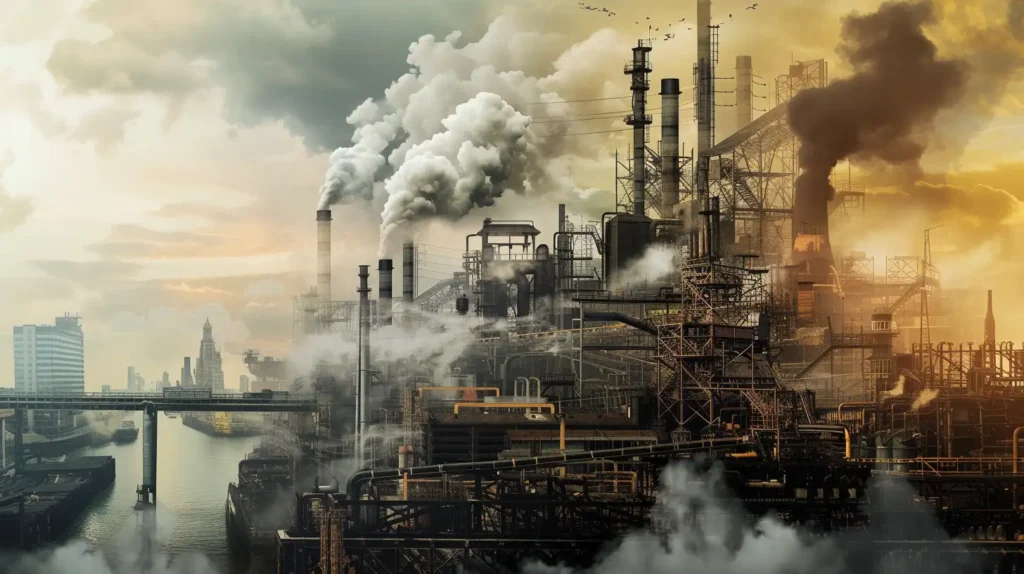
Industrialization brought about a sea change in how society operated. The introduction of machinery and factories resulted in a significant increase in production capabilities and often led to a rise in urban population density. The fabric of technology wove itself into the daily lives of people, which in turn, shaped the character of modernity. The ripple effects of industrialization included better standards of living, yet also gave birth to new social issues and environmental concerns within my contemporary society.
Social Structures and Dynamics
Exploring the intricacies of contemporary society, I’m fascinated by how our social fabric is woven together.
Community and Social Organization
Communities serve as a cornerstone of social organization, fostering connections among individuals and solidifying societal bonds. These networks are often a blend of various social and political influences, resulting in a unique tapestry of cooperation and shared values. For instance, the concept of horizontal social structure retains significant weight in my understanding of social cohesion and the arrangement of societal roles.
Gender Roles and Gender Inequality
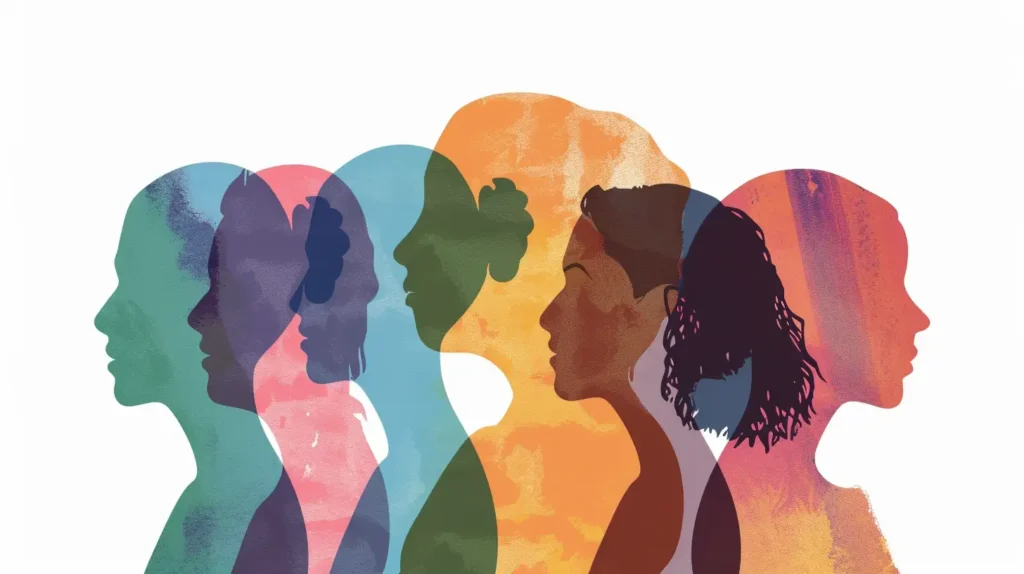
In dissecting gender dynamics, it becomes evident that gender roles play a pivotal role in sculpting societal expectations and responsibilities. However, an enduring concern within this domain is gender inequality. When examining the pressures and imbalances faced by different genders, it’s painfully clear that these issues are deeply rooted in historical social structures and continue to affect political and community spheres.
Influence of Sociology on Understanding Society
My appreciation for sociology has grown immensely as it provides critical insights into the complexities of societies. It’s through this lens that one can appreciate the relationship between societal institutions, social change, and the emergence of new social formations. The role of sociological theories in interpreting and navigating contemporary societal challenges underscores their significance. For instance, the study of social roles offers a valuable understanding of how people navigate and adapt to changing societal norms.
By examining these aspects of social structures and dynamics, I’ve gained a better grasp of the multifaceted nature of our interactions and the factors that drive change within our communities and societies.
Cultural Shifts and Educational Evolution
In contemporary society, I’ve observed that education and culture deeply influence each other. They’re intertwined, directly impacting societal behaviors and norms.
The Role of Education in Societal Change
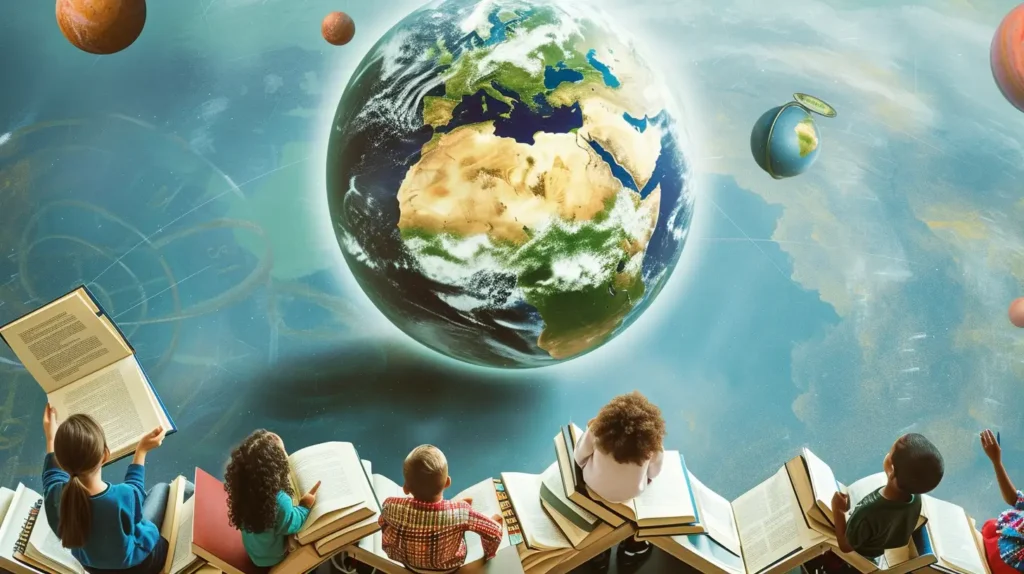
Education, in my view, has always been a fulcrum of societal change. To be specific, curriculum reforms have introduced critical thinking and global awareness, equipping students to navigate and shape the evolving cultural landscape. For instance, programs that emphasize multicultural competence are no longer optional but a necessity, preparing youth to actively engage in our diverse society.
Moreover, in many parts of the world, education technology has democratized learning. It’s not uncommon to witness students from various backgrounds participating in online courses, which fosters a more inclusive educational environment. This democratization of knowledge challenges traditional norms and accelerates cultural evolution.
Cultural Changes and Media Influence
Media’s influence on culture is undeniable. With my personal experience in the digital realm, I’ve seen that the representation of different cultural narratives in mainstream media, such as film or television, can reshape public perceptions and attitudes. For instance, the positive portrayal of marginalized groups can cultivate empathy and understanding across broader demographics.
Furthermore, social media platforms are hotspots for cultural exchanges. They’ve allowed individuals to not only consume content but also to create and share their own stories, thus contributing to a participatory culture that broadens the definition of who can influence society. In fact, trending hashtags and viral campaigns often stimulate discussions that lead to tangible social changes.
Economic Landscapes and Inequality in a Contemporary Society
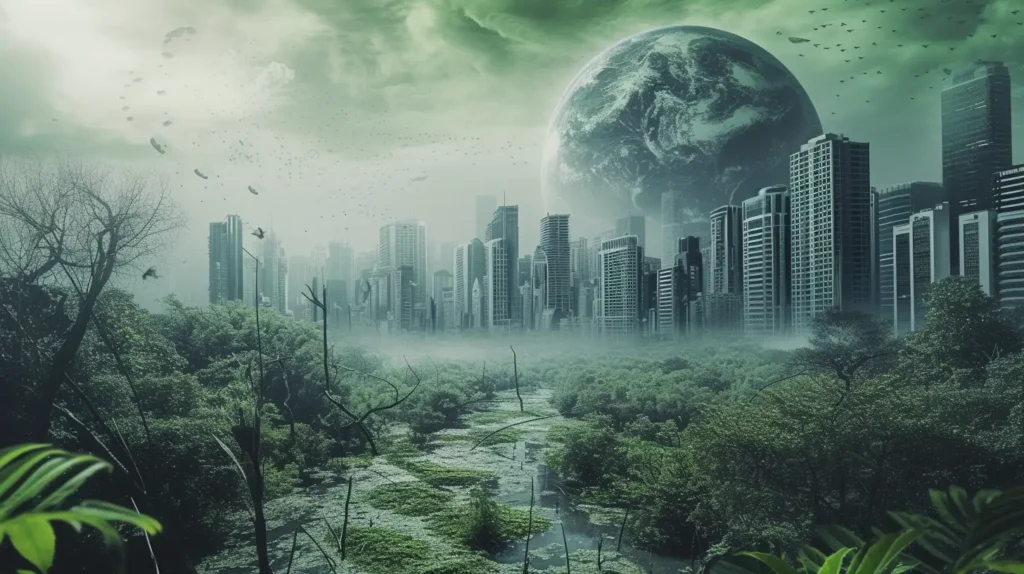
Within our contemporary society, economic landscapes are ever-evolving, and with these shifts come significant disparities in wealth and opportunities.
Global Economy and Trade Dynamics
The global economy is a tapestry of interconnected markets, where trade policies and international agreements shape the flow of goods and capital across borders. Advancements in technology and communication have accelerated globalization, allowing businesses to operate and compete internationally. This has led to a dynamic trade environment where countries specialize in diverse sectors, ranging from manufacturing to services.
- Key Players: Developed nations, emerging economies
- Major Sectors: Technology, Agriculture, Manufacturing
- Trade Mechanisms: International agreements, tariffs, trade blocs
Economic power has shifted as emerging economies like China and India have grown more influential in global markets, challenging the traditional dominance of Western powers. Their participation in world trade has been a driving force in redefining trade dynamics.
Economic Inequality and Its Effects
Economic inequality refers to the uneven distribution of wealth and income within a society. It’s an issue that has been magnified by the structures of capitalism, where market-driven forces can lead to substantial wealth accumulation for a minority while many others remain with disproportionately less.
- Economic Measures: Income distribution, Wealth accumulation
- Social Impact: Access to education, healthcare, and opportunities
- Capitalism’s Role: Private ownership, free markets, competition
Despite the potential for markets to drive growth and innovation, they can also perpetuate and exacerbate economic inequality. Studies have shown that rising inequality can have detrimental effects on social cohesion and the overall health of the economy. It’s crucial to understand these impacts to inform policy decisions and strive for a more balanced economic landscape.
My Personal Thoughts about Environmental Sustainability and Health Care
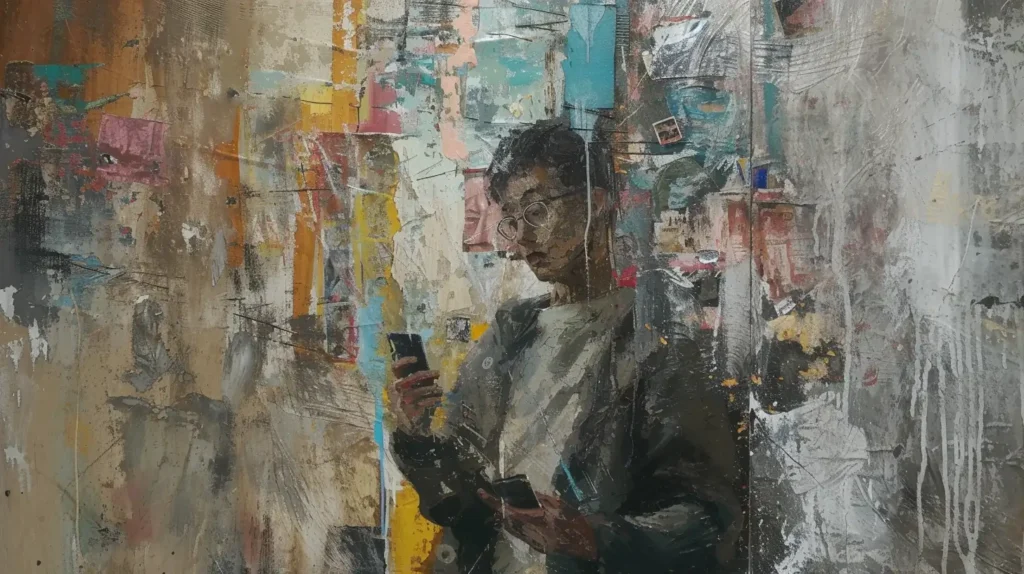
In examining contemporary society, I find that the intersection of environmental sustainability and the evolution of health care.
Environmental Sustainability and Health Care
Environmental sustainability is at the forefront of contemporary issues. It’s clear that our environment faces significant challenges, including climate change and resource depletion. My engagement with these topics has led me to advocate for sustainable practices that not only protect our environment but also have the potential to influence health care positively. By pushing for green technologies in health care systems, we not only reduce environmental impact but also potentially improve patient outcomes.
Sustainable healthcare initiatives might include:
- Reducing waste from medical supplies
- Lowering energy consumption in hospitals
I’ve witnessed a growing awareness among my peers regarding the impact of health care on the environment, which fuels my optimism for future advancements in sustainability practices within this sector.
FAQ – Contemporary Society
What are the characteristics of contemporary society?
Contemporary society is characterized by advanced technology, individuality, and a focus on personal freedom and self-expression.
Is it modern or contemporary society?
It is contemporary society. The term “modern” often refers to a historical period that has passed, whereas “contemporary” relates to the present and recent times.
What is meant by the contemporary world?
The contemporary world refers to the present time or most recent period in history, typically including the late 20th century up to the present day, marked by rapid social, political, technological, and cultural changes.
What is a contemporaneous society?
A contemporaneous society refers to a society or group of people existing or occurring during the same period of time, often used in the context of different societies or cultures that exist simultaneously across different regions or countries.
Enjoyed reading our blog post on “Contemporary Society“? We’d love to hear your thoughts! Drop a comment below and share your experience with us.
If you want to keep reading more from us, have a look at these articles.
